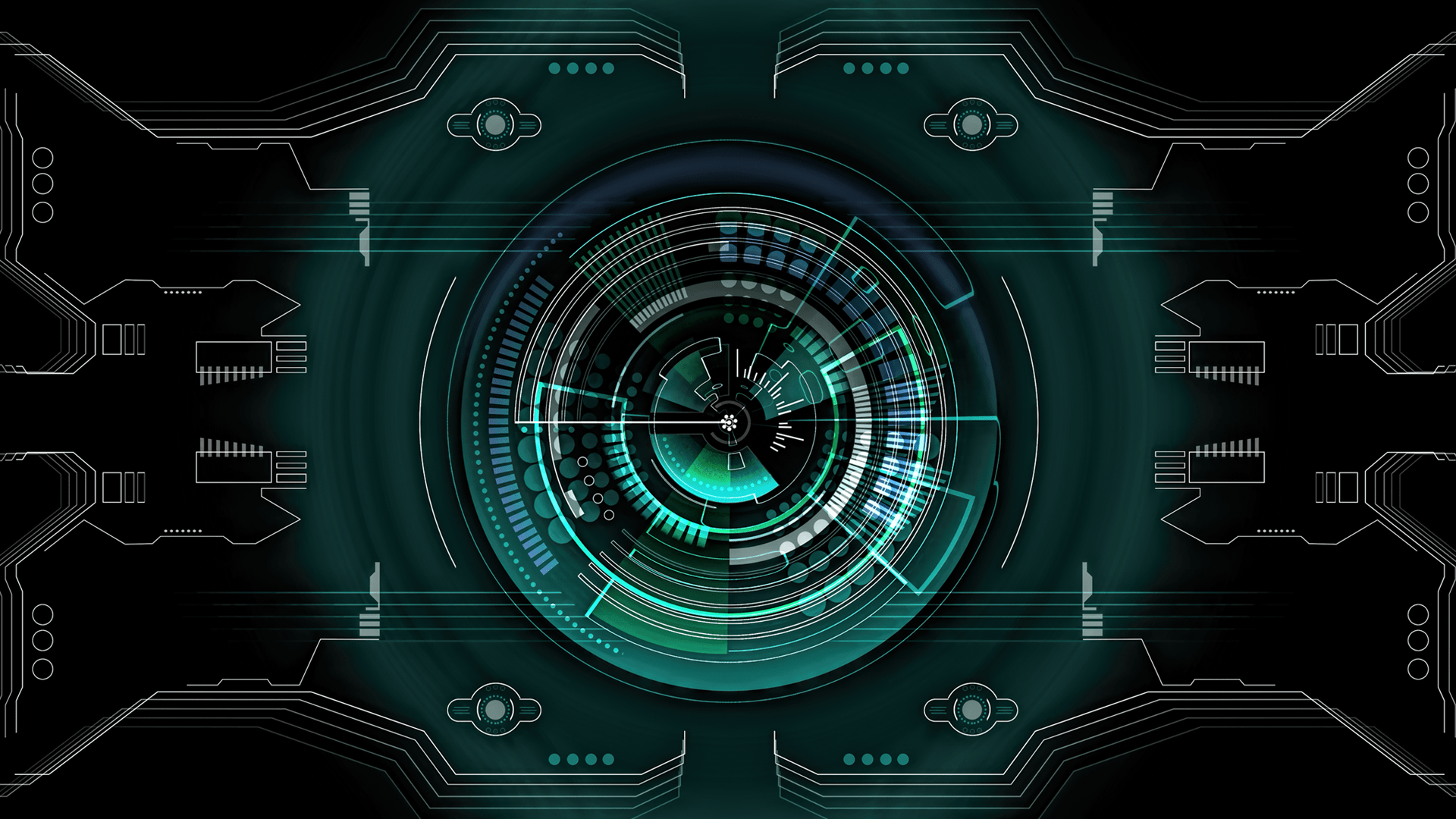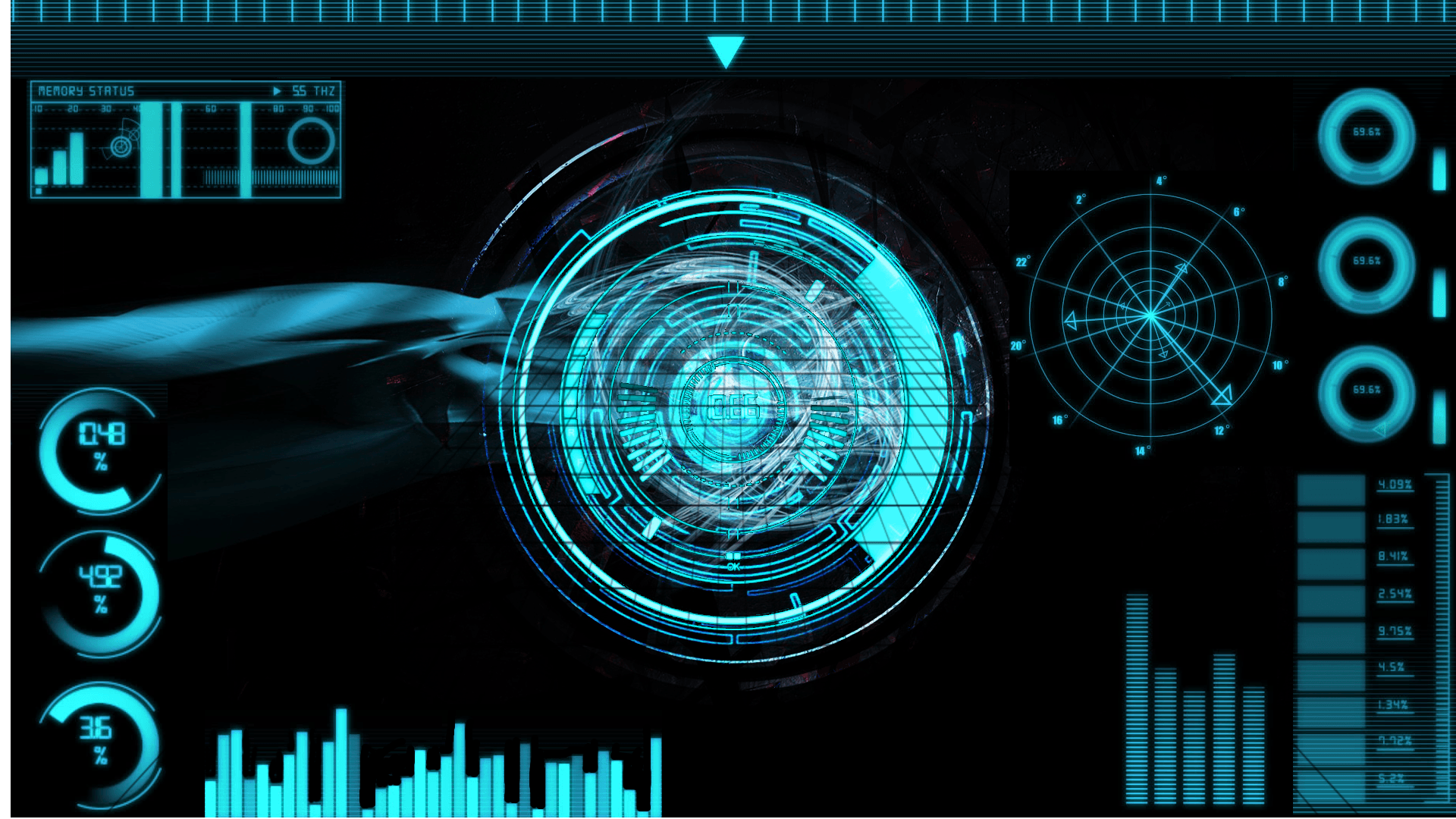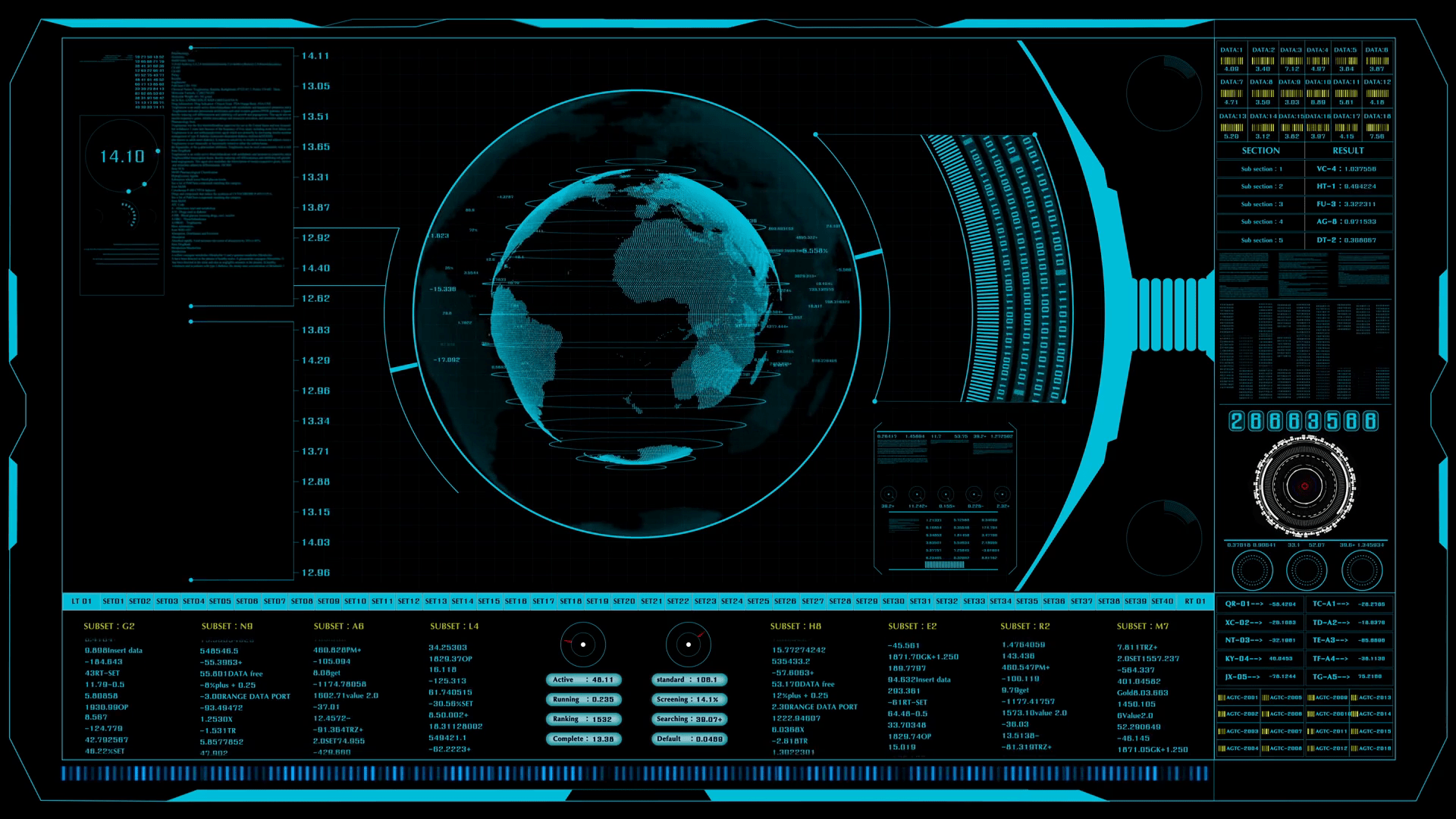Stepping into the world of digital media and displays, you might hear a lot about "HD" – it's a term that pops up everywhere, from your television screen to the apps on your phone. This isn't just some tech jargon; it actually points to a big difference in how we experience visual and audio content, bringing a level of detail and clarity that was once just a dream. Think about how much more enjoyable it is to see everything crisp and vibrant, or to hear sounds with incredible depth, that, is what this focus on high definition is all about.
Whether you're settling in for a movie night, trying out a new game, or just browsing pictures, the quality of what you see and hear really matters. It's the difference between seeing a fuzzy, flat image and one that practically pops off the screen with life. This pursuit of better quality has shaped so much of our digital interactions, making everything feel a bit more real and engaging. So, when we talk about "HD," we're really talking about a commitment to a richer, more immersive experience for everyone.
The journey to better visual and sound experiences involves quite a few things working together, from the screens we look at to the sound systems we listen through, and even the way digital files are put together. It's a continuous push to make sure that every pixel and every sound wave delivers its best. This drive for clarity and precision is, in a way, what we also seek in a "heads-up display" or "HUD" – a clear, straightforward presentation of information right where you need it, with the kind of high definition that makes everything easy to grasp. We will explore what "HD" truly means across different contexts and how it shapes our daily digital lives, perhaps even hinting at what an ideal hd hud could offer.
Table of Contents
- What Does HD Really Mean?
- How Does HD Affect Our Viewing Experience?
- Is HDR the Same as HD for Our HD HUD Needs?
- What About Sound- How Does HD Fit In?
- What Role Do Our Computers Play in HD Quality?
- Troubleshooting Common HD Audio Issues
- Final Thoughts on HD and the Promise of a Clear HD HUD
What Does HD Really Mean?
When someone mentions "HD," it's usually short for "High Definition," and it pretty much refers to a level of clarity and detail that's a big step up from older ways of doing things. You know, like how an old photograph might look a bit grainy compared to a super sharp one from a modern camera. In the world of screens, "HD" often means a display with a much higher count of tiny dots, or pixels, making up the picture. This means everything looks smoother, more lifelike, and just generally better to the eye. It's a way of saying that the picture you're seeing has a lot more information packed into it, which, honestly, makes a huge difference in how enjoyable something is to watch. It's pretty much about getting a more precise visual, which is what we'd want from any sort of display, especially something like an hd hud.
How Does HD Affect Our Viewing Experience?
The impact of high definition on what we watch is actually quite profound. It's not just about things looking a little bit better; it's about a whole new level of immersion. When you have more pixels, the edges of objects appear smoother, colors can be more accurately represented, and tiny details that might have been lost before suddenly become visible. This makes everything from a sprawling landscape in a movie to the fine print on a document much easier to take in. It's like upgrading from an old pair of glasses to a brand new, perfectly prescribed set – everything just snaps into focus. This clarity is, in some respects, what we would hope for in any heads-up display, making information instantly readable, almost like a truly effective hd hud.
The Ultra HD Standard and Your HD HUD
For something to be called "Ultra HD," especially for televisions and monitors, there are some pretty specific rules set by groups like the Consumer Electronics Association. Basically, the screen needs to have a huge number of pixels, something like 8 million active pixels, which translates to a resolution of 3840 by 2160. This is a massive jump from standard HD. What this means for you is a picture that's incredibly sharp, with details you might never have noticed before. Imagine watching a nature documentary where every leaf on a tree is distinct, or seeing the individual threads in a piece of clothing worn by an actor. This level of detail is what makes Ultra HD so compelling. It's the kind of visual precision that would be incredibly beneficial in a display designed to give you quick, clear information, making for an outstanding hd hud experience.
Apps and the HD Tag- A Clearer HD HUD for Your Device
You might have noticed some apps, particularly on Apple devices like iPads and iPhones, that have "HD" tacked onto their name, or maybe a little plus sign on the download button. This isn't usually something Apple itself adds; developers often put that "HD" there to show you that this particular version of the app is made to look its best on devices with larger or higher-resolution screens, like an iPad, as opposed to just a regular iPhone. It's a way for them to say, "Hey, this version is optimized for a bigger, clearer view." So, if you're using an iPad, picking the "HD" version often means you'll get a more visually pleasing experience, with sharper graphics and better-arranged layouts that take advantage of the extra screen real estate. It's all about making sure the information and visuals are presented with utmost clarity, which, in a way, is what we expect from a well-designed hd hud on any device.
Is HDR the Same as HD for Our HD HUD Needs?
When you hear about "HDR," which stands for High Dynamic Range, it's actually a bit different from just "HD," though they both work to make your viewing better. HD is mostly about the number of pixels, or how sharp the picture is. HDR, on the other hand, is about the range of colors and the contrast between the brightest whites and the darkest blacks. Think of it this way: a regular picture might show a sunset, but with HDR, you'd see all the subtle shifts in color from bright orange to deep purple, and the shadows would have more detail instead of just being a black blob. Many displays, when not in HDR mode, might only show 8-bit color, which means fewer shades. HDR, especially standard HDR modes, often pushes that to 10-bit color, giving you a significantly richer and more nuanced picture. This richer color and contrast would be incredibly valuable in any display of information, making details stand out and improving overall readability, something you'd definitely want in a truly effective hd hud.
What About Sound- How Does HD Fit In?
While we often think of "HD" in terms of what we see, it applies to what we hear as well, and it's really important for a complete immersive experience. Just as a high-definition picture provides more visual detail, high-definition audio delivers a much richer, more detailed soundscape. This means you can hear subtle nuances in music, the distinct rustle of leaves in a movie scene, or the precise direction of a sound effect in a game. It's about capturing and reproducing sound with incredible fidelity, making it feel like you're right there in the middle of the action. This kind of audio quality is especially noticeable with home theater systems, where every whisper and explosion can be felt, adding another layer to the overall sense of presence. A clear presentation of sound information, like a well-calibrated audio system, complements the visual clarity of an hd hud.
TrueHD and the Next Level of Audio for Your HD HUD
When it comes to audio, Dolby TrueHD is a pretty big deal. It's what we call a "lossless" next-generation audio track, meaning it keeps all the original sound information without throwing any away, unlike some other formats that compress the audio and lose a little bit of quality. Because it holds onto so much data, it usually has a higher "bitrate," which is just a fancy way of saying it's packed with more sound information per second. This is why you'll typically only find TrueHD on high-quality sources like Blu-ray discs. What's also interesting is that the uncompressed version of Dolby Atmos, which creates incredibly immersive, three-dimensional sound, uses TrueHD as its foundation. So, if you see a file name that just says "TrueHD," it might actually be carrying an Atmos track inside. This level of sound precision would be something to consider when thinking about how an hd hud might present audio cues, making them as clear and impactful as the visuals.
Other High-Quality Audio Formats and Your HD HUD
Beyond TrueHD, there are several other audio formats that aim to give you a top-notch listening experience. You might see names like DTS, AC5.1, LPCM, or DTS-HD listed as the main audio tracks in a file. These are all different ways of encoding sound, each with its own characteristics, but they generally offer a much better sound quality than, say, a basic stereo track. Atmos, as mentioned before, is specifically about creating that overhead, three-dimensional sound experience, making it feel like sounds are coming from all around you, even above. When you're looking at a file, it's good to know which of these audio formats are included, especially if you have a sound system that can really take advantage of them. The goal is always to get the most accurate and immersive sound possible, which, in a way, mirrors the desire for a crystal-clear display of information, like what you'd expect from a truly effective hd hud.
What Role Do Our Computers Play in HD Quality?
Our computers, whether they are desktops or laptops, play a very big part in how we experience high-definition content. The components inside, like the graphics chip (sometimes called an integrated graphics unit or "iGPU"), are really important for processing and displaying those detailed visuals. For instance, some of the newer integrated graphics units, especially those in the "ultra" series, have seen quite a significant boost in their ability to handle demanding visual tasks. They consume more power and run at higher speeds to achieve this, which means they can actually do some serious work when it comes to playing high-definition videos or even some games. If you're hoping for your laptop's built-in graphics to handle HD content smoothly, it's usually a good idea to pick a model with really good cooling, like some of the "pro" or "plus" versions of popular laptops. These machines are better equipped to keep things running smoothly, ensuring that your high-definition content, or even a virtual hd hud, appears without a hitch.
Troubleshooting Common HD Audio Issues
It can be really frustrating when you've got a high-definition setup, but the sound just isn't working right, especially with things like front-panel headphone jacks on a desktop computer. I mean, honestly, I've spent a whole day trying to fix a situation where the Realtek high-definition audio settings just wouldn't show up after reinstalling Windows. It's one of those things that can drive you a little crazy. Often, these issues come down to drivers – the small pieces of software that tell your computer's hardware how to behave. Sometimes, the generic drivers Windows installs aren't quite right, or they get corrupted. The solution often involves going directly to the manufacturer's website, whether it's for your motherboard or your computer, and downloading the very specific audio drivers for your model. It's a bit of a process, but getting those drivers installed correctly usually brings back the sound, letting you fully enjoy your high-definition audio, which is just as important as the visual clarity you'd want from an hd hud.
Final Thoughts on HD and the Promise of a Clear HD HUD
We've talked about what "HD" means for displays, like the strict pixel counts for Ultra HD televisions, and how app developers use "HD" to signal better experiences for larger screens. We also looked at how HDR brings a whole new level of color and contrast to our viewing. On the audio side, we explored formats like TrueHD and other high-quality options that make sound incredibly immersive. We touched on how computer hardware supports these high-definition experiences and even discussed the common frustrations of troubleshooting audio problems. All these aspects, from pixels to sound waves, contribute to a richer, more detailed digital world, which is, at the end of the day, what we hope for in any display of information, especially one designed for immediate, clear understanding, much like an ideal hd hud.



Detail Author:
- Name : Kennith Lueilwitz DDS
- Username : xdicki
- Email : little.vicenta@gmail.com
- Birthdate : 1973-11-13
- Address : 543 Donny Court Suite 090 Cesarhaven, MT 26546
- Phone : 810.682.3182
- Company : Tremblay PLC
- Job : Copy Machine Operator
- Bio : Ut aspernatur exercitationem esse est quo provident. Aut dolorem ut eaque repellendus. Dolorum sapiente omnis et rerum provident. Inventore praesentium nihil et molestias tempore sunt.
Socials
linkedin:
- url : https://linkedin.com/in/maxine_real
- username : maxine_real
- bio : Animi molestiae non dolores hic explicabo vitae.
- followers : 4003
- following : 554
tiktok:
- url : https://tiktok.com/@mfeeney
- username : mfeeney
- bio : Veniam eius corrupti a incidunt.
- followers : 5769
- following : 230
instagram:
- url : https://instagram.com/maxine1906
- username : maxine1906
- bio : Voluptatem ipsam ut magni ipsum rerum. Vitae dolor et reiciendis adipisci repudiandae.
- followers : 5481
- following : 603

